Aberdeen’s £150 million Rapid Transit project could end up looking very much like the Belfast Glider system — so what could the Granite City learn from the Northern Irish capital’s transport transformation?
Last month regional transport body Nestrans officially launched a major campaign to create the Aberdeen Rapid Transit (ART), a scheme which planners hope could rival Edinburgh’s trams, or Glasgow’s subway.
If it’s approved, Aberdeen could get a fleet of vehicles similar to regular buses, but much larger, and designed to take passengers quickly and efficiently across the city.
The ART proposals — still in their early stages — have drawn inspiration from the £95m Belfast Glider system.
Around 34 Glider vehicles have been taking passengers on swift journeys since it launched in 2018 — and transport bosses say it has resulted in a 70% growth in public transport use.
Nestrans officials, as well as representatives from Aberdeen City and Aberdeenshire Councils, have already visited Belfast to see the Glider in action as part of initial work to get the wheels moving on the ART ambitions.
But how has the Glider changed how people get around in Belfast?
Are a lot of passengers using it?
How has it changed the road network?
We’ve put these questions and more to Robin Totten, one of the key figures behind the creation of the Belfast Glider, to see if it could be a good model to base the ART on.
‘People were saying they’re just bendy buses on bus lanes’: The early days of the Belfast Glider
Robin’s current job is head of strategic planning at Translink, a public corporation in Northern Ireland which provides public transport.
But he previously spent eight years as programme manager for Translink‘s Belfast Glider project, all the way from concept to completion.
Getting people on board with the project during the very initial stages was a challenging process.
“There were very mixed views at the start,” Robin said.
“Lots of people were saying they’re just bendy buses on bus lanes.
“And that’s the difficulty we had to overcome, that perception.
“But ultimately if you can deliver the right service for people with the right frequency and reliability, and you package it right, it can give people something that feels different.
He added: “The whole package, it grabbed people’s imaginations”.
What are the Belfast Gliders actually like to ride?
The vehicles run on rubber wheels, but they are designed to be as similar to trams as possible, as they have similar functions.
Each carries up to 105 passengers, and has multiple doors to speed up the pick-up and drop-off process.
Robin said: “The service runs about every seven to eight minutes throughout the day, so it’s very much what we call a turn-up-and-go service.
“The idea is you turn up, and you’re never really waiting more than five minutes for the next Glider.”
The Gliders are kitted out with air conditioning, free Wi-Fi and USB charging to make them a comfortable alternative to driving.
Robin said: “Solely public transport users will migrate to this, that’s not a big problem.
“The problem is getting the people out of their cars, and giving them something attractive.”
Unlike regular buses where you buy tickets on board from the driver, Glider tickets are bought using dedicated vending machines at every stop.
There are varying prices for different zones, but an adult day ticket is £3.50, and a child’s is £1.75 at peak times.
It’s another way to make the Gliders feel more like trams, Robin says.
“All of us will have been on a bus at some point where everyone is forced to wait because someone is spending ages counting out loose change,” he added.
“This takes away that frustration.
“If you’re on the vehicle, even at peak times, it typically only stops for about 15 seconds.”
Bus lanes and the other changes needed for the Belfast Glider
The Belfast Glider system covers about 14 miles, connecting east and west Belfast, the Titanic quarter and the city centre.
Before the Gliders were introduced, Belfast residents were faced with major changes to transport rules to make way for the new system.
The bus lanes hours of operation along the Glider route were previously 7.30-9.30am and 3.30-6.30pm, but these were changed to 7am-7pm, Monday to Saturday.
And Robin admits this ideally initially went down “like a lead balloon”.
He said: “Bus lanes are now 12 hours a day, which brings restrictions in terms of the capacity of the road that’s left for motorists.
“So it’s inevitable you’ll see additional delays for car users, because you’re handing over space to public transport.
“But, you can move significantly more people by public transport.
“If you have a Glider full of people at peak morning traffic, that would equate to half a kilometre (0.3 miles) of cars, and instead, you have all those people in an 18 metre (59ft) vehicle.
“So if you think about how we use our road space, there’s a lot of potential to make it more efficient.”
Other changes included road widening, more pedestrian crossings and new footpaths.
More than 100 new ‘platform-style halts’ installed
Instead of bus stops, the Belfast Glider uses more than 100 “platform-style halts” along the route.
The naming of them as “halts” and not “stops” was another conscious decision to bring the Gliders more in line with tram systems in France and Belgium.
Each halt has real-time passenger information, CCTV and a ticket machine.
Robin said: “Rather than standing next to what we would call a flag pole bus stop, you’re getting something a lot more substantive here”.
But deciding where they should be located was another big question to answer.
“One of the main challenges with our existing bus routes was to reduce the amount of stops,” Robin said.
“A lot of our bus stops were far too close together, so we reduced the amount by about 30%, and spaced them out more.
“Ideally on a tram system, you want your stops 800m (about half a mile) apart.
“Our glider halts are about 350m (0.2 miles) apart on average.”
One of the biggest problems with the Belfast Glider was its popularity soon after the launch
Translink public transport passenger numbers are up around 70% since 2013, following the launch of the Belfast Glider.
As the Glider system links into the rest of the Belfast transport network, Park and Ride usage is also up 75%.
And a survey showed a roughly 8% shift from car to public transport use along the Glider route.
Robin said the early demand exceeded all predictions and expectations: “The numbers we had in that first year were the numbers we made in our 10-year prediction.
“We weren’t due to hit such high numbers until 2030.”
So, could copying the Belfast Glider help make the Aberdeen Rapid Transit project a success?
“I would never claim to say what’s right for a city, unless I know it particularly well, and I don’t know Aberdeen particularly well,” said Robin.
“But my gut feeling is that, for a city of that type of size, I guess I’d say, what’s the harm?
“Even if you had it as a stepping stone for aspirations of a tram in the future, you’re not investing massive sums of money.
“It’s the sort of project you can start without knowing whether you’ll finish it or not, and that’s largely what we did.
“The bus priority changes, regardless if you run Gliders on them or not, are still beneficial for traditional buses, and you can build a lot of the infrastructure.
“But if you start a railway line, you have to finish it.”
The Belfast transport chief added: “I think the really important thing, which I guess is what’s starting now in Aberdeen, is that meaningful and ongoing engagement is done to try and shape it.
“You won’t please everybody, and you never do with these sort of tings.
“But to try and capture the people’s views and deliver something which the majority of people will feel the benefit of is important.”
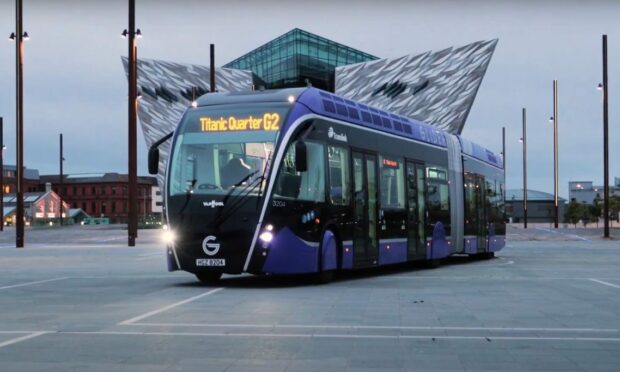
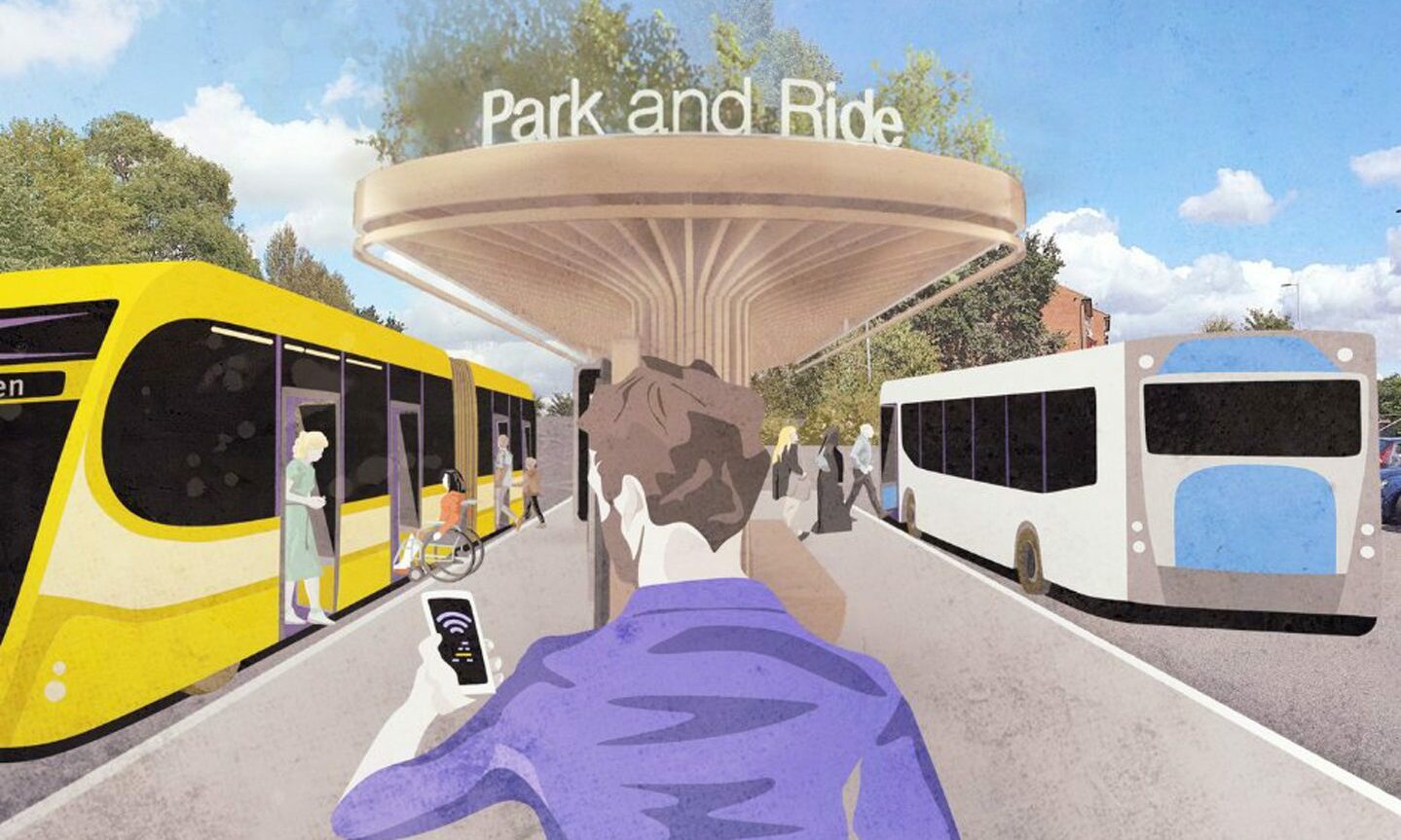
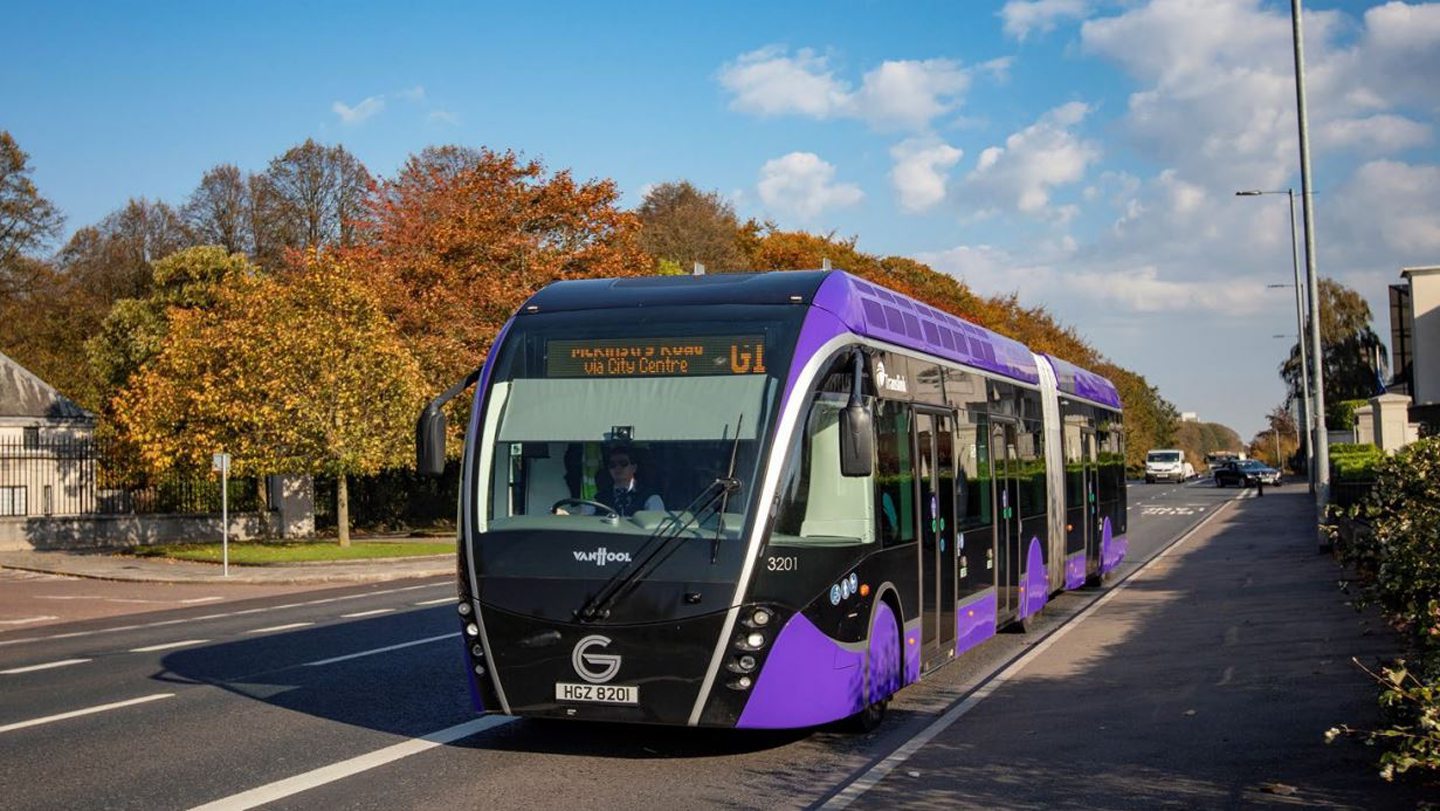

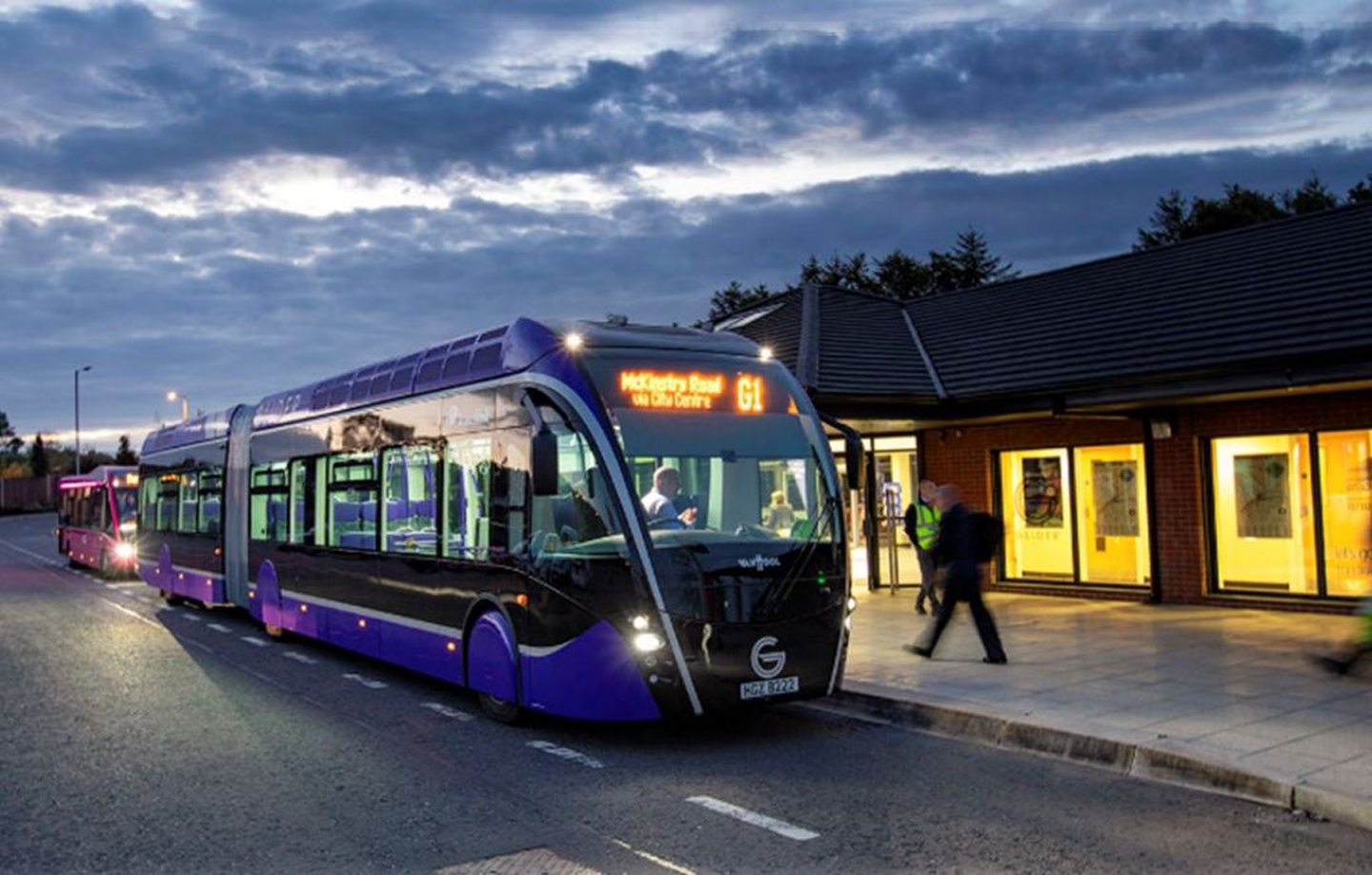
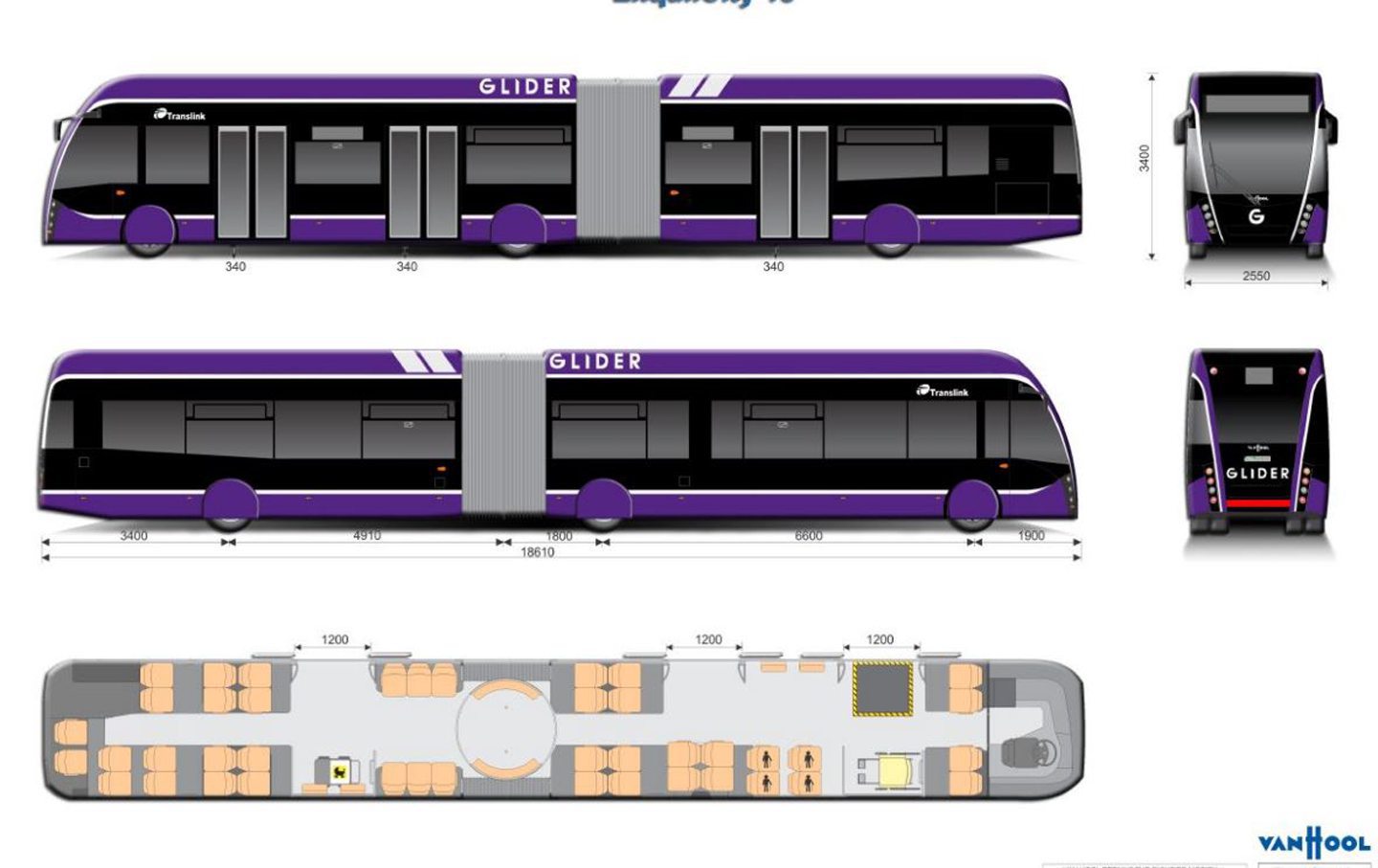
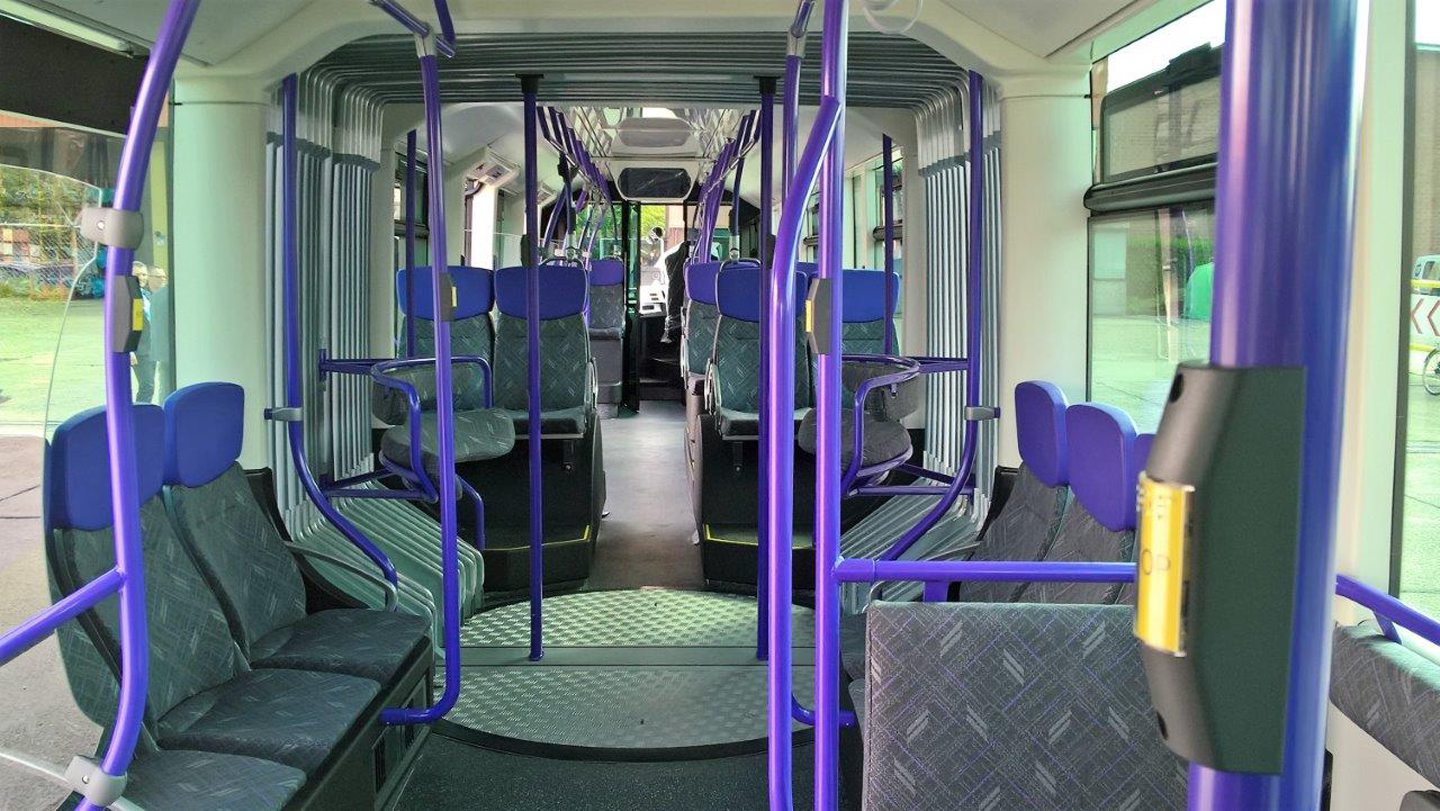
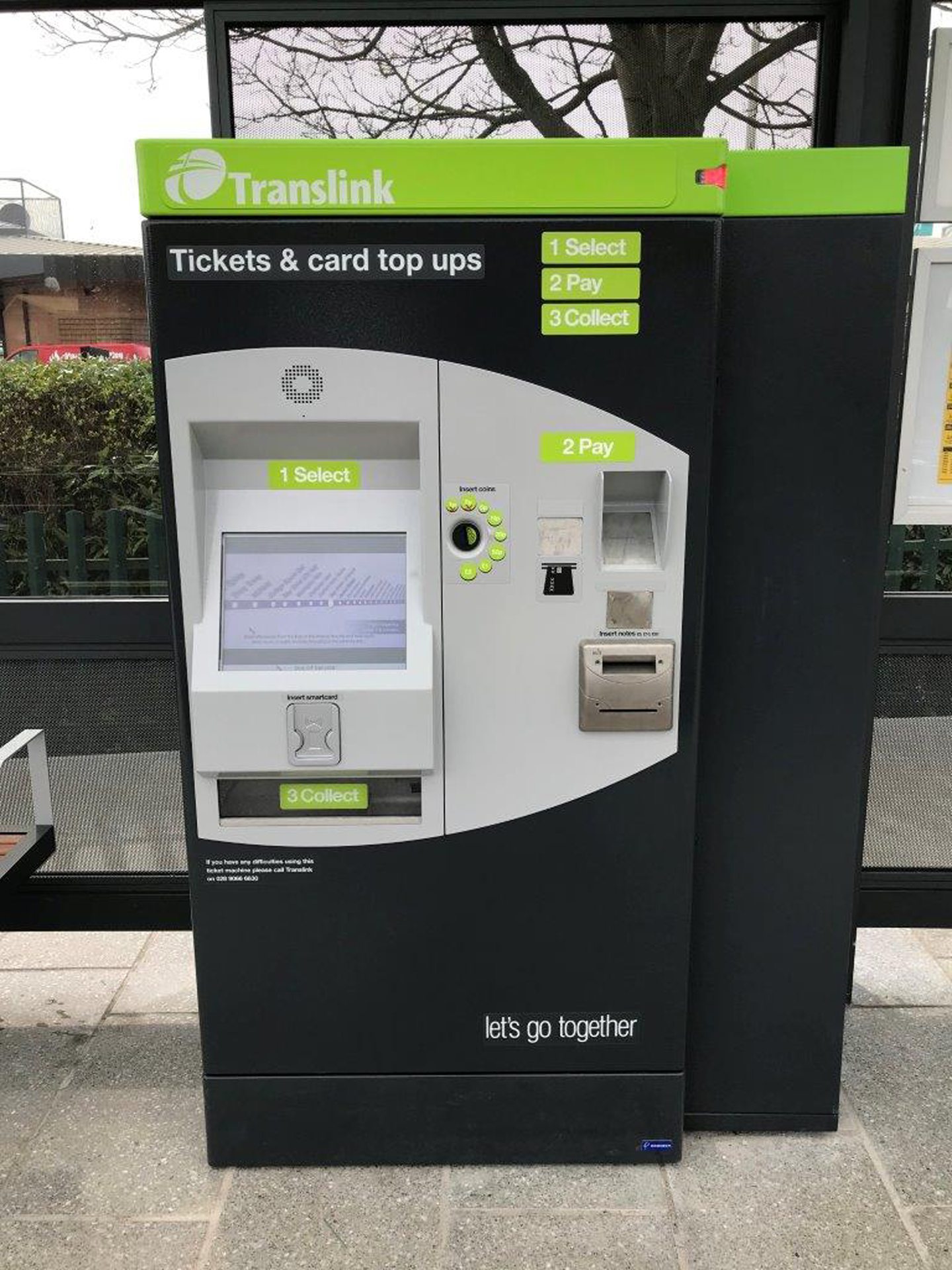
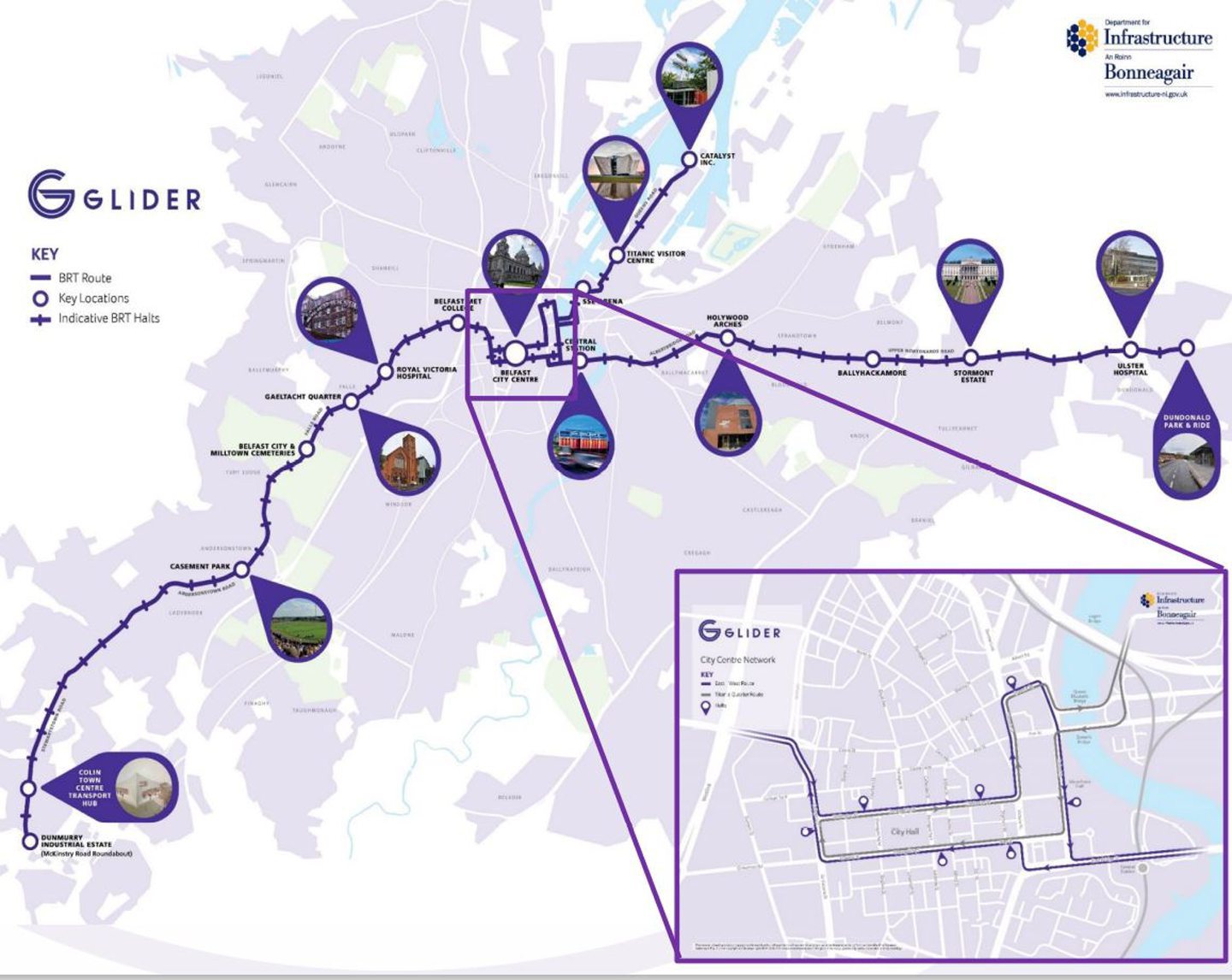
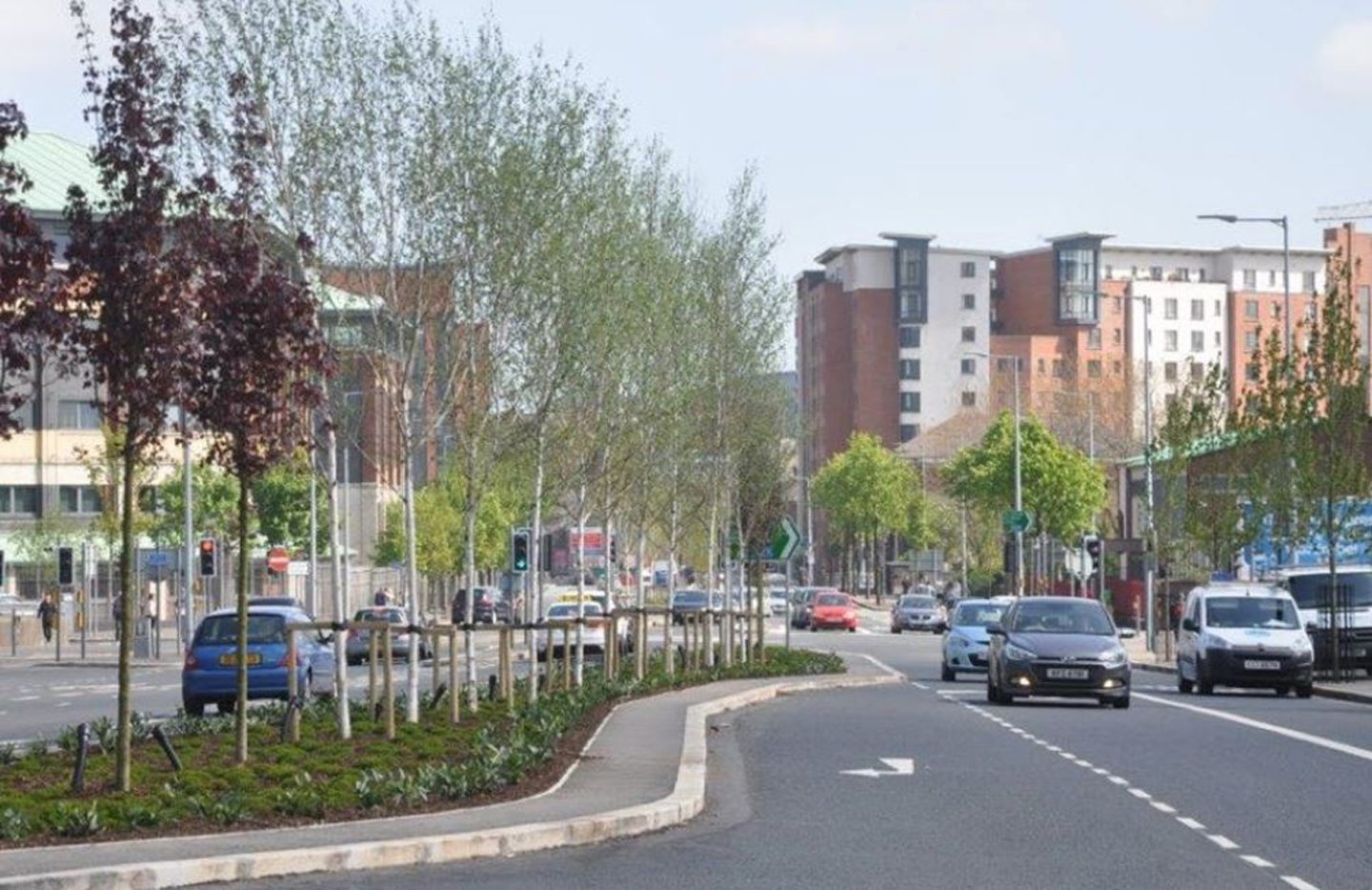
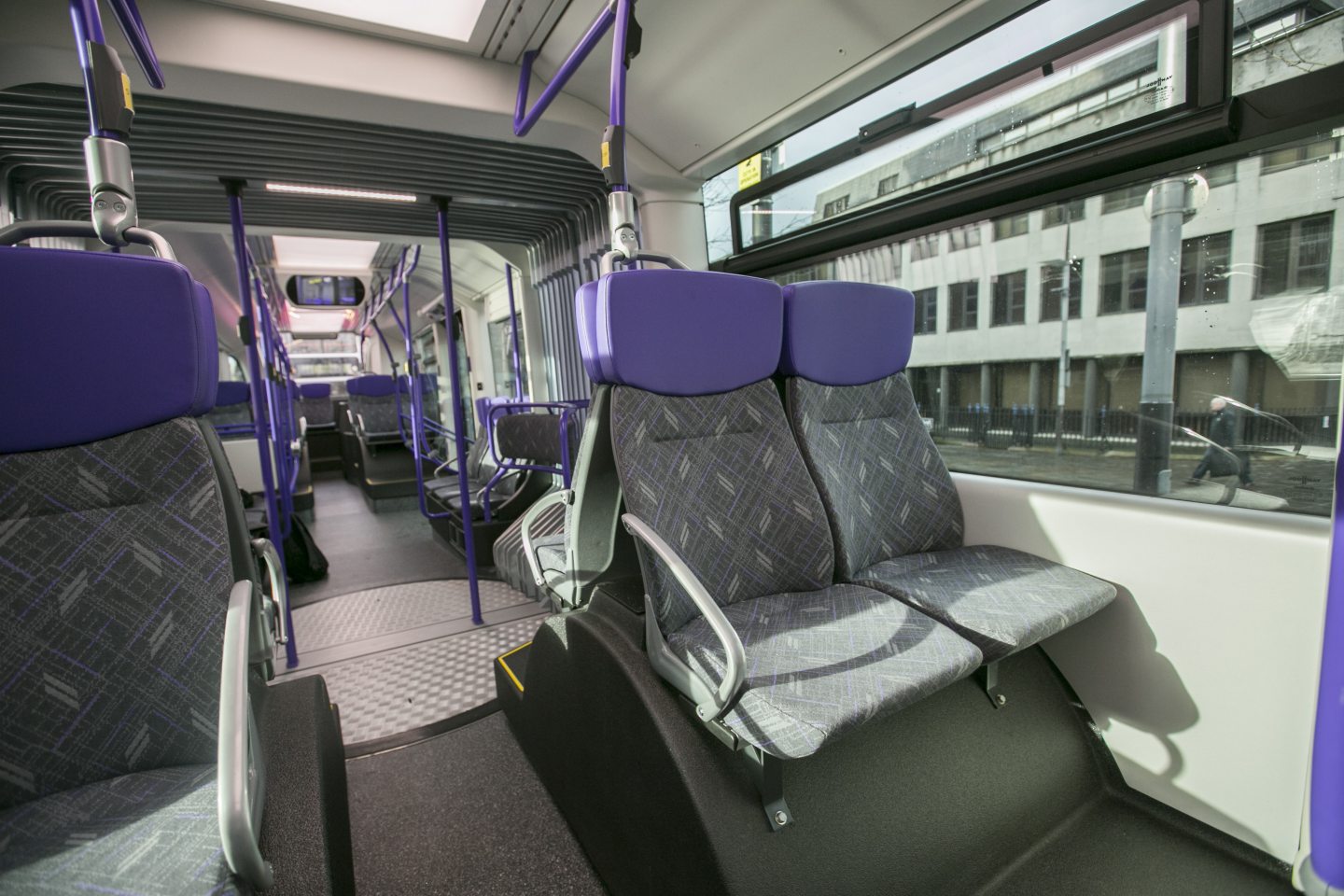
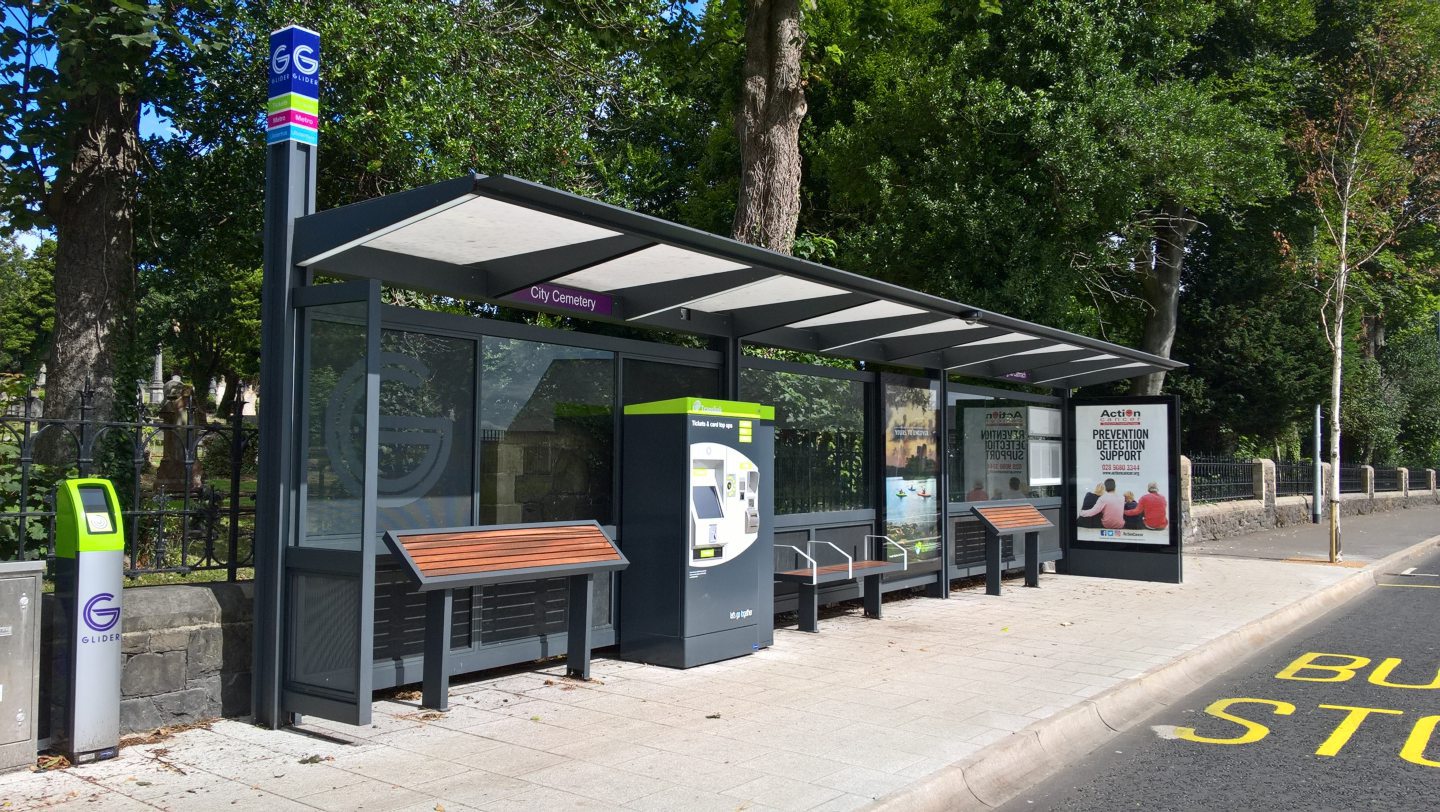
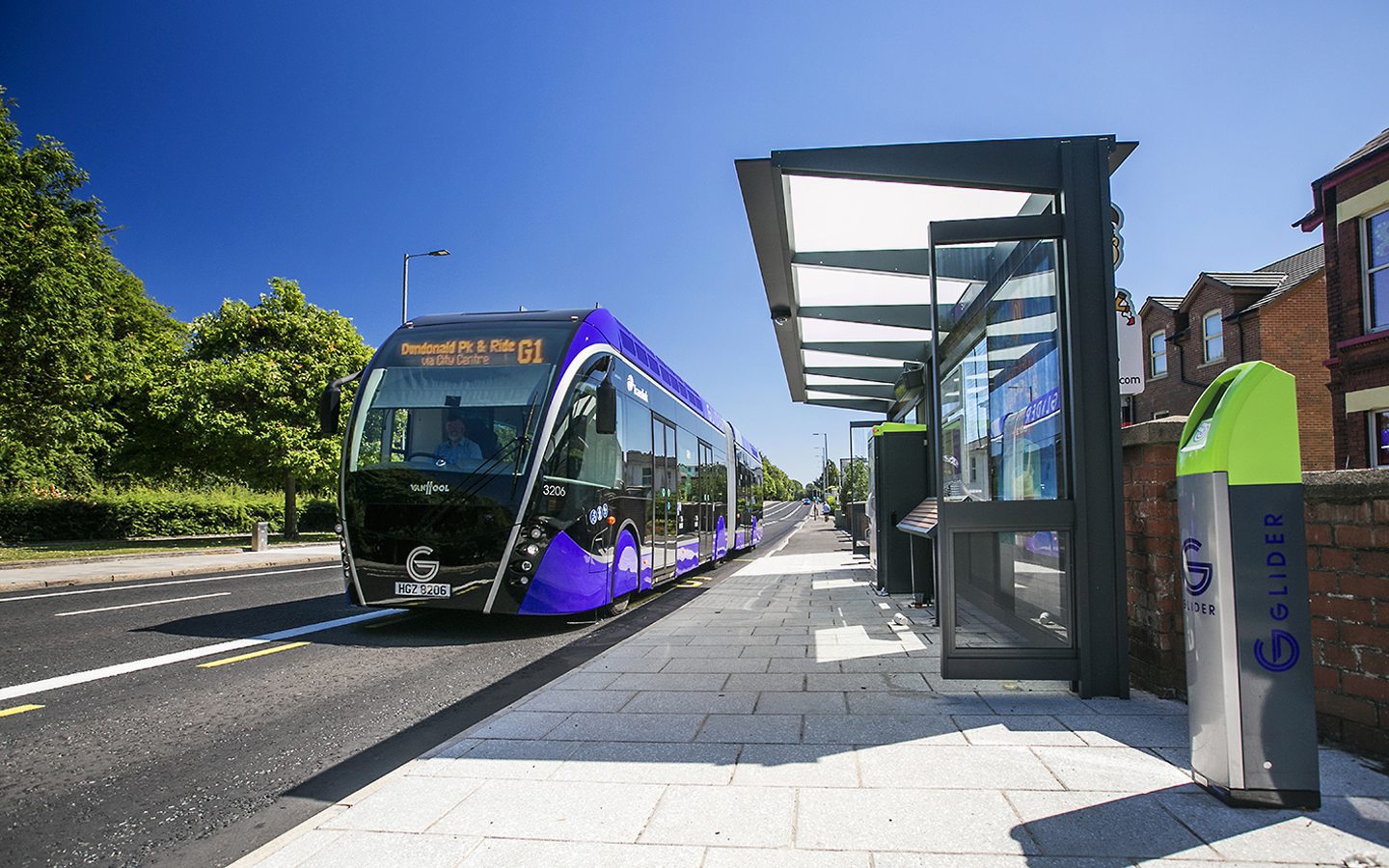

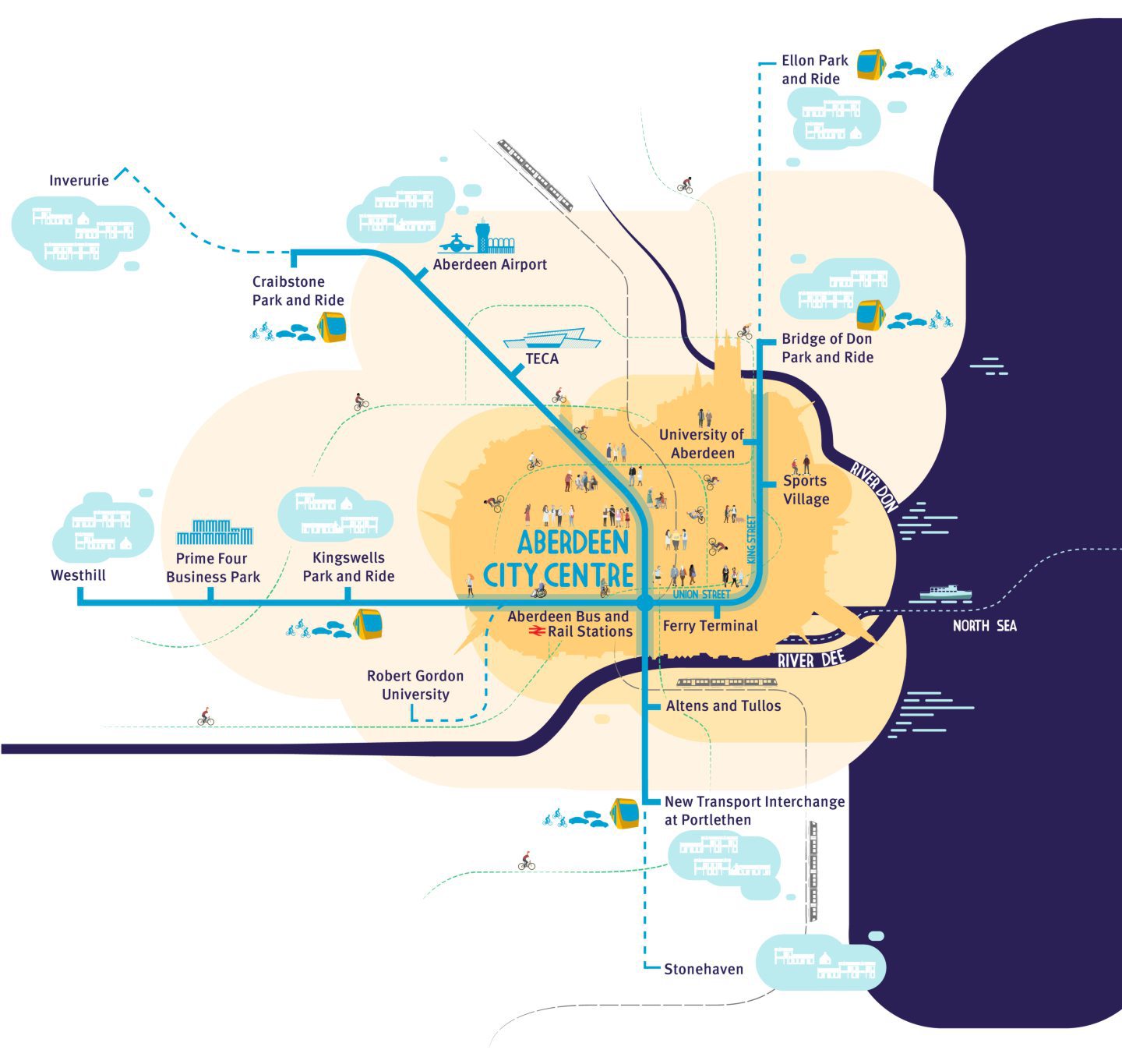
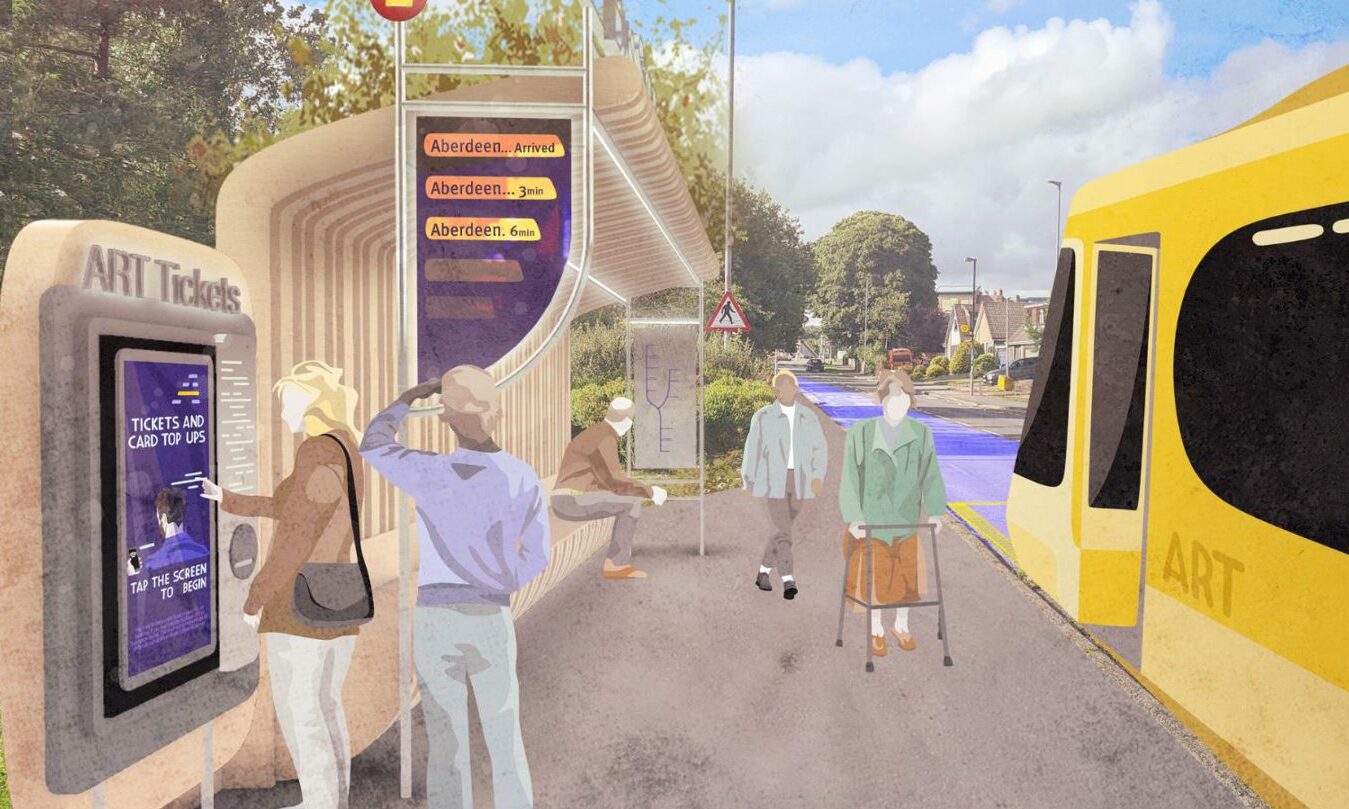
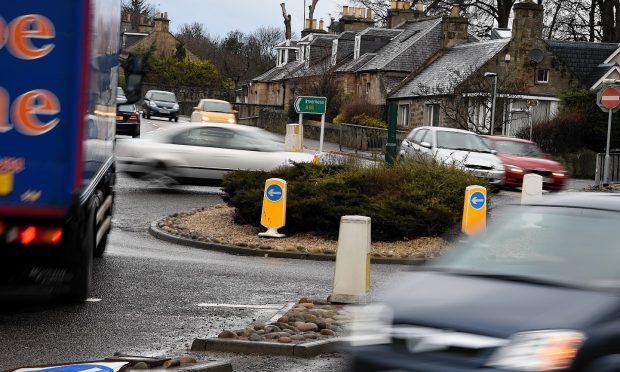
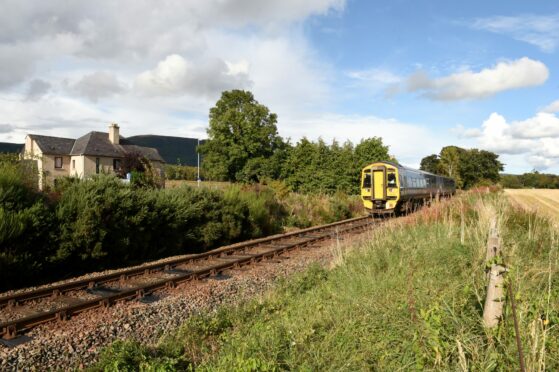
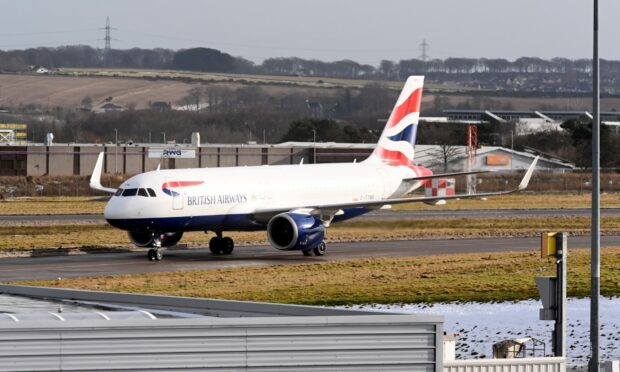
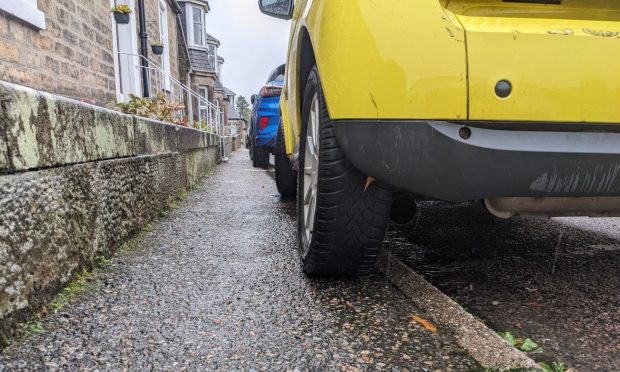
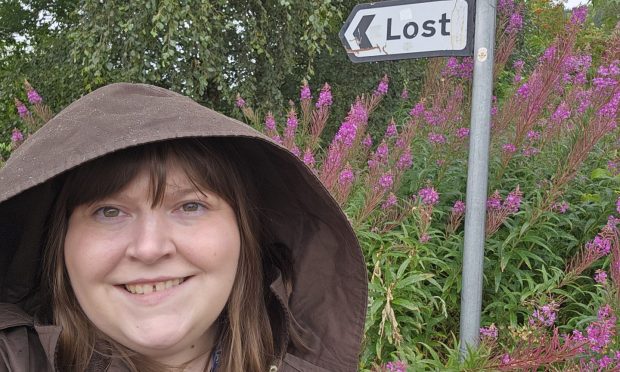
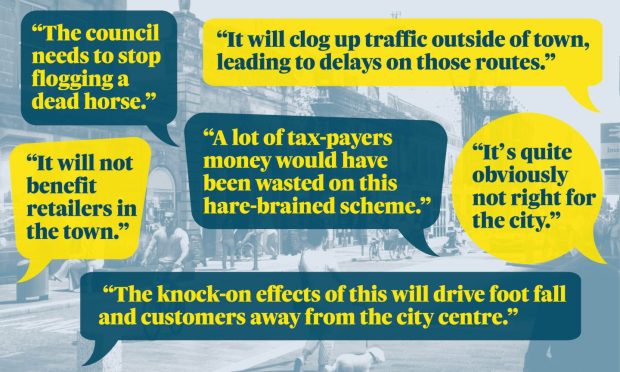
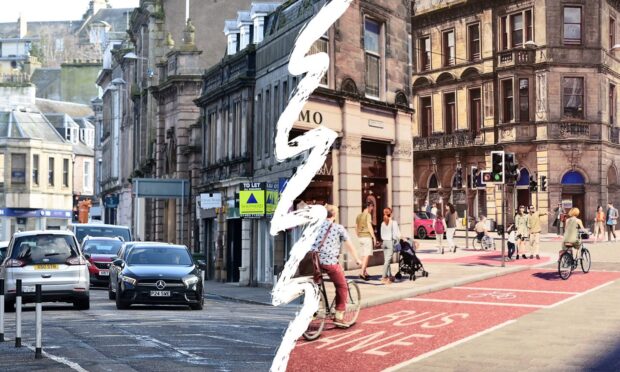
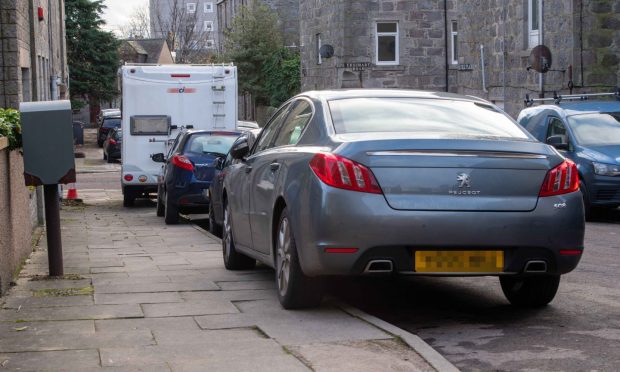
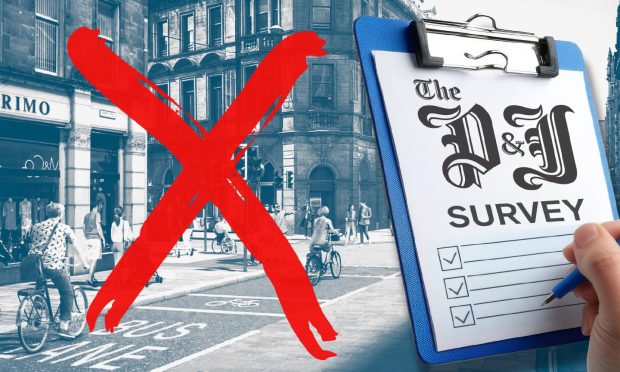
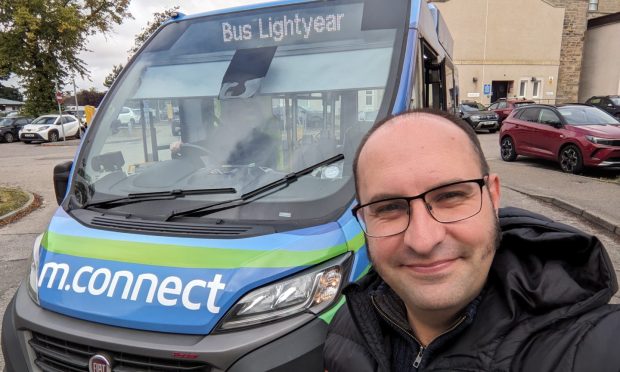
Conversation